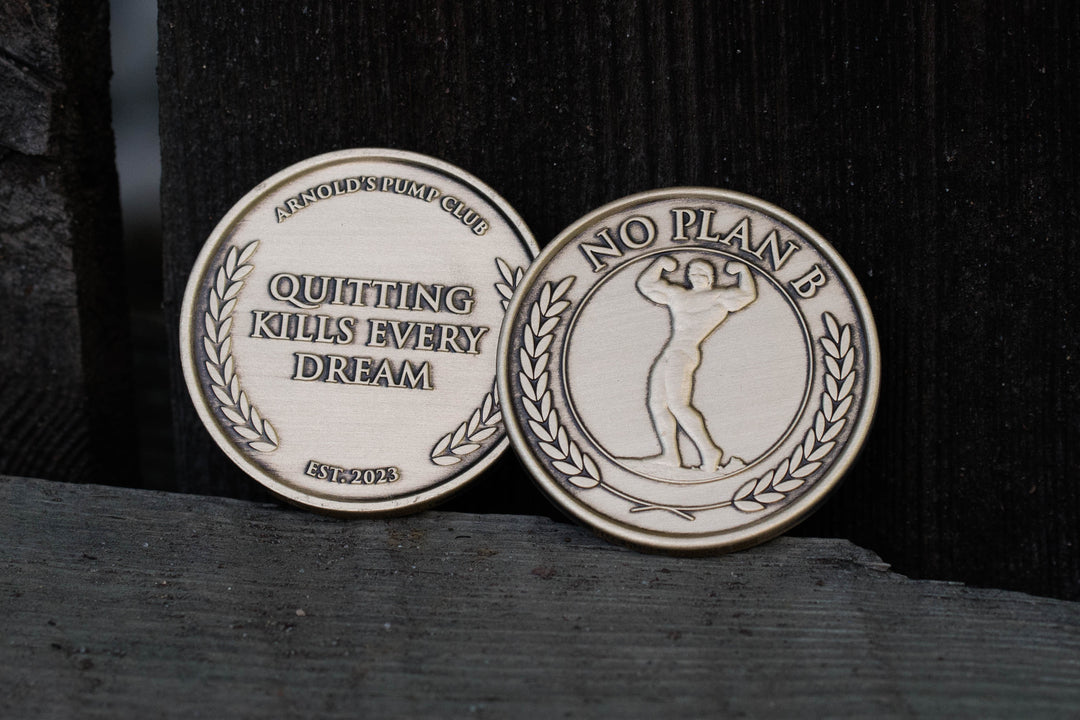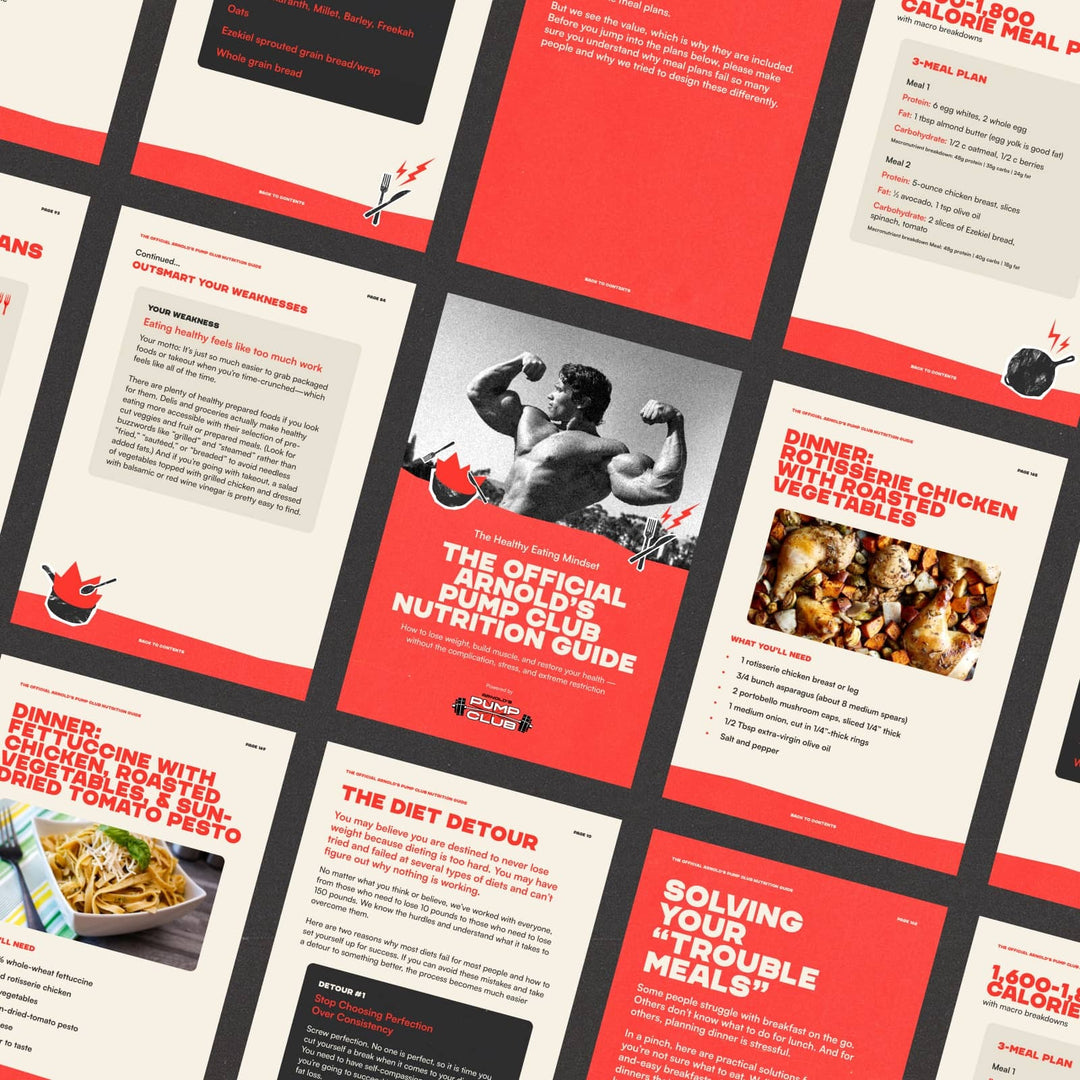Welcome to the positive corner of the internet. Every weekday, we make sense of the confusing world of wellness by analyzing the headlines, simplifying the latest research, and offering quick tips designed to make you healthier in less than 5 minutes. If you were forwarded this message, you can get the free daily email here.
Today’s Health Upgrade
The heart health workout protocol
Eat this to protect against diabetes and heart disease
How much screen time and is too much screen time?
Arnold’s Podcast
Want more stories from Arnold? Every day, Arnold’s Pump Club Podcast opens with a story, perspective, and wisdom from Arnold that you won’t find in the newsletter. And, you’ll hear a recap of the day’s items. You can subscribe on Apple, Spotify, Google, or wherever you listen to podcasts.
How To Design A Workout For Better Heart Health
Did you know that about one out of every three deaths is caused by cardiovascular disease? To fight back, your best defense is exercise. But how you spend your time exercising determines how much protection you get.
Researchers found that equally splitting your time between cardio and weights provides the maximum cardiovascular health protection.
Historically, aerobic exercise was the primary recommendation because it strengthens your cardiovascular system. However, the scientists decided to compare a cardio program to a weight program directly, as well as an even mix of cardio and resistance training.
The 50-50 split of cardio and weights provided the same cardiovascular benefits as the cardio-only group. The weights-only group didn’t improve as much, but they lost as much fat as the cardio group and — not surprisingly — gained more lean muscle.
The scientists found that every 1 percent reduction in body fat is associated with a 3 percent reduction in hypertension, a 4 percent reduction in hypercholesterolemia, and an 8 percent reduction in metabolic syndrome.
From a purely fat loss standpoint, research suggests that weight training is more effective. Even in the current study, while resistance training and aerobic exercise had similar fat loss, the resistance training group ate 100 to 200 more calories per day yet still lost the same amount of weight. Once again, this suggests resistance training is the most efficient way to support fat loss (but diet is, by far, the most important change needed).
The research wasn’t just focused on how different exercises affect cardiovascular health but also on giving a clearer idea of how much exercise is needed. The World Health Organization recommends 150 minutes of exercise per week. But that doesn’t give much clarity about how to break it up.
The current study found that training for one hour three times per week — spending 30 minutes on cardio and 30 minutes on weights — led to health improvements. The researchers are now working on another study to determine if a different mix of exercise (such as 15 minutes vs. 60 minutes of resistance training) leads to better outcomes. We’ll keep you updated.
The Food That Protects Against Diabetes and Heart Disease
Speaking of cardiovascular health, you’ll hear a lot about what foods you might want to avoid (trans fats) or limit (saturated fat) for better heart health, but you don’t hear too much about what you should add to your diet.
Research suggests that fiber could be one of the best things to eat to protect your body from heart disease, diabetes, and other health conditions.
Fiber is the “first domino” that can trigger other healthier behaviors, which is why it has many positive benefits. Fiber helps lower blood pressure and cholesterol, both of which are protective. And the more fiber you eat, the fewer calories you tend to consume, which supports a healthier body weight.
That’s why a review of 185 studies found that people who eat a higher-fiber diet are nearly 20 percent less likely to develop diabetes and more than 30 percent less likely to die of coronary heart disease.
One study even suggests that for every 10 grams of fiber you eat, you could reduce your risk of heart disease by up to 30 percent.
However, only about 4 percent of men and 12 percent of women eat enough fiber per day. The average person consumes about 15 grams of fiber daily, and you want to aim for 30 to 35 grams each day.
If you need to add more fiber to your diet, here are a few good places to start:
Fruits: berries, avocados, pear, oranges, bananas, kiwi, mango
Vegetables: Broccoli, asparagus, artichokes, squash, kale, Brussels sprouts, mushrooms, carrots, edamame
Grains and legumes: lentils, nuts, seeds, oats, popcorn
Supplemental options: psyllium husk, acacia, inulin
How Much Screen Time Is Too Much Screen Time?
If you’re a parent, you might be worried about how much time your children spend in front of screens. The good news is that all screen time is not bad, but there appears to be a critical window where too much can have negative consequences.
Research suggests that it could be detrimental to overall well-being if children aged three to five get more than 2 hours of screen time per day.
Scientists examined the screen time behaviors of more than 48,000 children between 6 months and five years. Interestingly, in the current study, screen time of children between the ages of 6 months and two years appeared to have no impact on a child’s ability to flourish. But that appeared to change at three years old.
Between three and five, an increase in screen time was linked to worse psychological well-being, as well as more struggles with social, emotional, and educational development.
That’s not to say all screen time is bad. Other studies have found that educational screen time can benefit learning, development, and social interaction. And the American Academy of Pediatrics even suggests that some screen time can benefit social growth. So, there’s no need to judge yourself if your child spends time with technology. One of the biggest limitations of the newest research was that it didn’t assess the type of content children consumed.
If you’re trying to balance screen time and development, it appears that two hours per day is a good average. But remember, the type of content (educational vs. fast-paced, easily distracting imagery) is an important variable that determines whether what your child watches is helping or harming their growth and well-being.
—
Publisher: Arnold Schwarzenegger
Editors-in-chief: Adam Bornstein and Daniel Ketchell































































